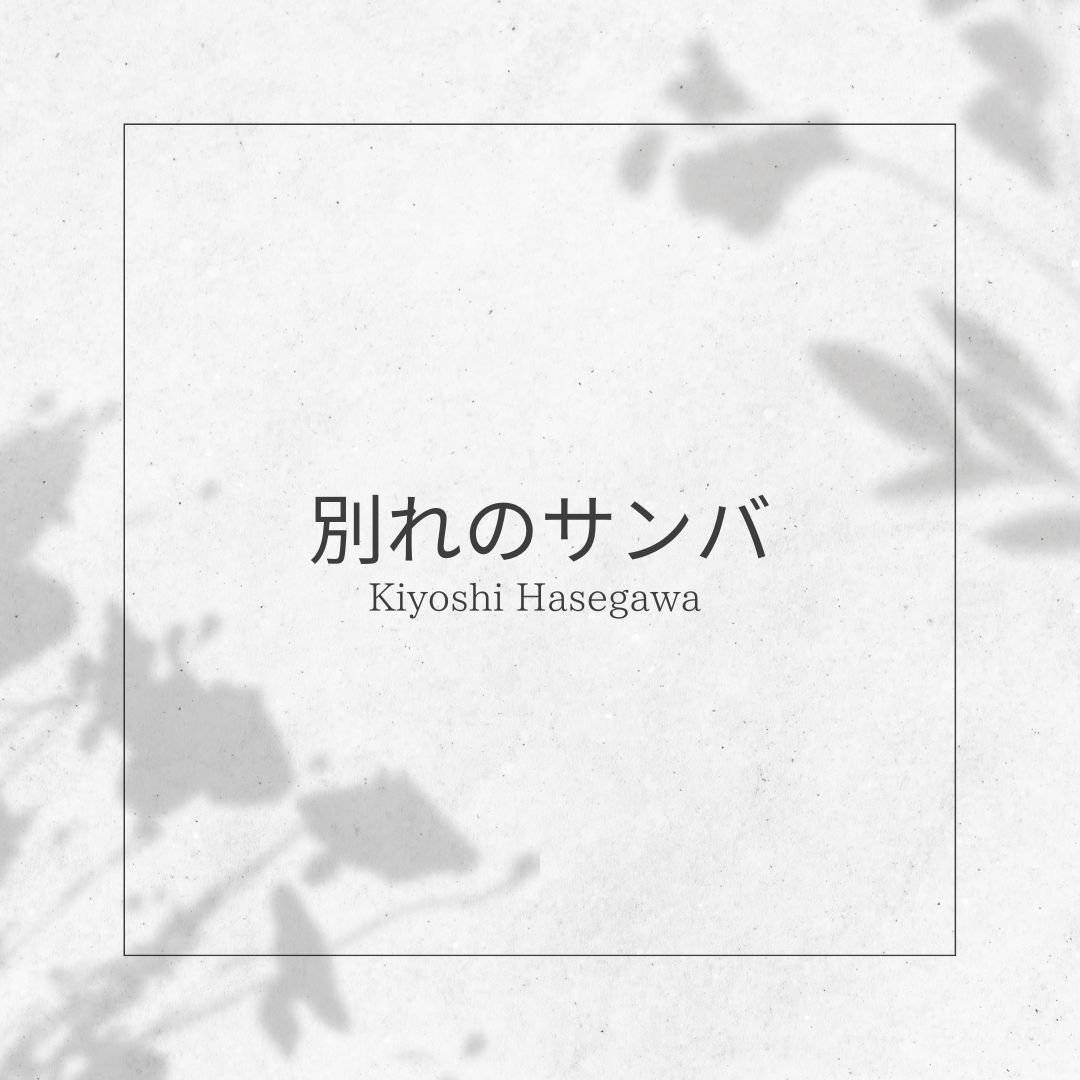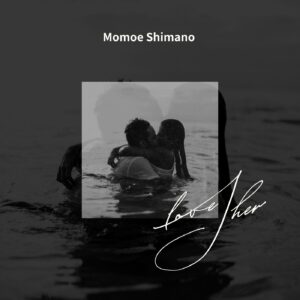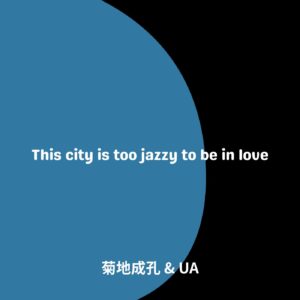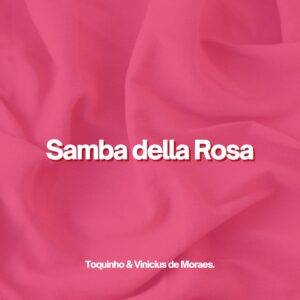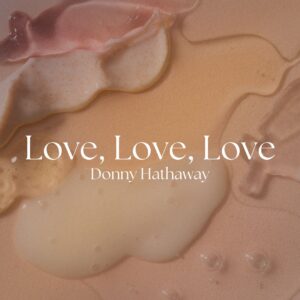「別れのサンバ」は、シンガーソングライターの長谷川きよしが1969年7月25日にリリースしたデビュー曲であり、彼の代表作の一つです。この楽曲は、ラジオの深夜放送でのオンエアをきっかけに、若いフォーク世代の間で人気を博し、ヒット曲となりました。長谷川きよしは、2歳半の頃に失明し全盲となりましたが、独自の音楽世界を築き上げました。
「別れのサンバ」は、ボサノバやシャンソンの要素を取り入れた独特のサウンドが特徴で、長谷川きよしの繊細なギター演奏と情感豊かな歌声が印象的です。歌詞は、別れの悲しみと後悔を静かに綴っており、聴く者の心に深く響きます。特に、「何にも思わず 涙も流さず あなたの残したグラスを見つめて独り」という冒頭のフレーズは、多くの人々の共感を呼びました。
「別れのサンバ」は、日本の音楽史において重要な位置を占める楽曲であり、今なお多くのアーティストに影響を与え続けています。
“Wakare no Samba” is the debut song of singer-songwriter Hasegawa Kiyoshi, released on July 25, 1969, and is one of his most famous works. After being aired on late-night radio, this song gained popularity among the young folk generation and became a hit. Hasegawa Kiyoshi lost his sight at the age of two and a half and became completely blind, but he built his own unique musical world.
“Samba of Farewell” features a unique sound that incorporates elements of bossa nova and chanson, and Kiyoshi Hasegawa’s delicate guitar playing and emotional singing voice are impressive. The lyrics quietly describe the sadness and regret of parting, and resonate deeply with the listeners. In particular, the opening line, “Without any thought, without any tears, I gaze alone at the glass you left behind,” resonated with many people.
“Wakare no Samba” is a song that occupies an important place in Japanese music history and continues to influence many artists today.
